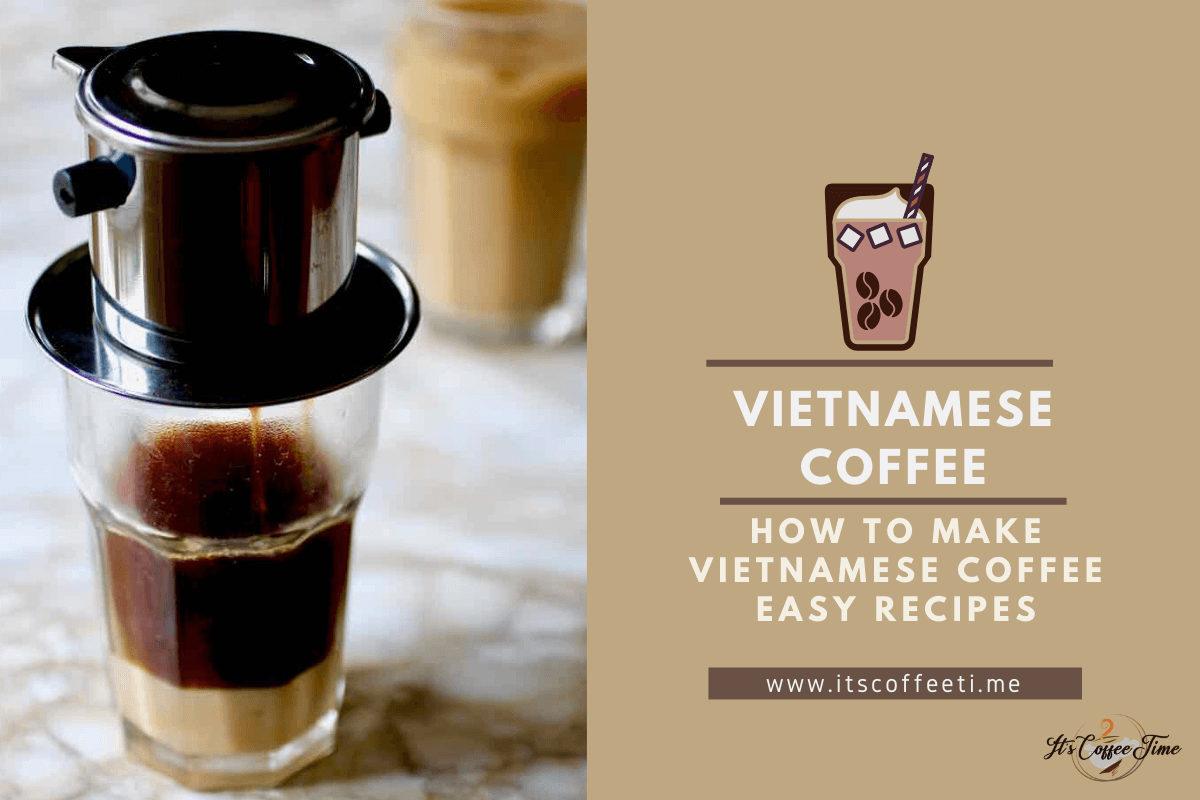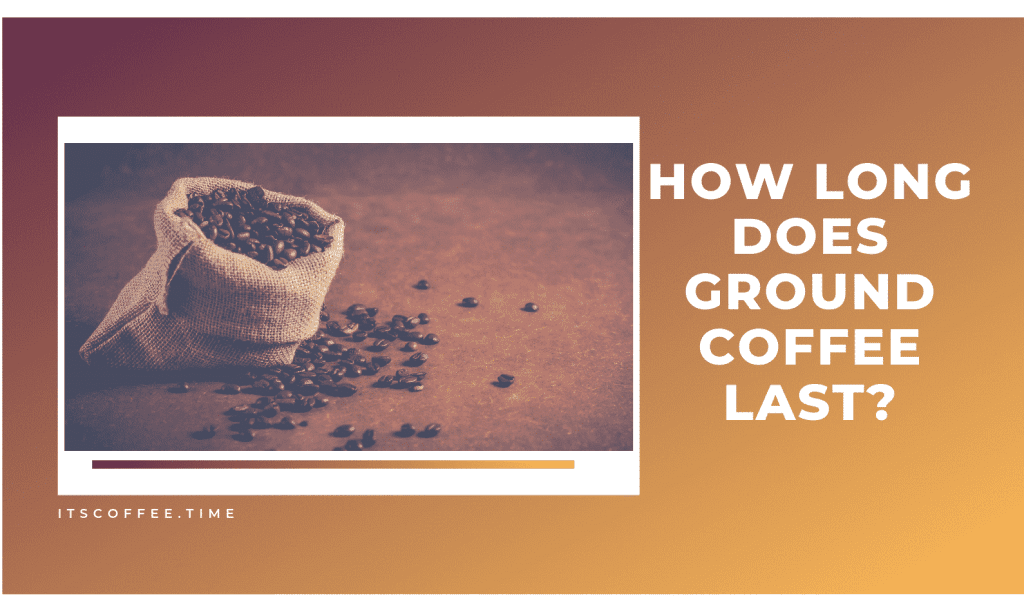How To Make Vietnamese Iced Coffee: Simple Recipes It is likely that if you enter our house or work with us in our studio, you will end up drinking some of our favorite drinks: the Vietnamese cold coffee. In the morning, a manually pressed espresso or cappuccino will start the day. In the afternoon, when we start to feel slow, Vietnamese cold coffee is the perfect stimulant.
If you’ve never had a cold Vietnamese coffee, it’s a combination of strong coffee and a touch of sweetened condensed milk, add ice cream, and a super refreshing. Our Vietnamese cold coffee recipe is simple and can be done with various methods.
A Brief History of Vietnamese Cold Coffee
Coffee in Vietnam began in the 18th century when French and Dutch colonial colonists brought the coffee phenomenon (and the coffee plants themselves) with them, starting large plantations in the process. Not only did they bring coffee, but the French also brought another key element for the development of Vietnamese coffee: sweetened condensed milk.
The settlers brought this ingredient with them because they had difficulty obtaining a constant supply of fresh milk in Vietnam, not a milk-dependent culture. It wasn’t long before the only mountainous areas of the country, together with the multiple microclimates they had created, were ideal for growing coffee plantations. From there, the whole industry went on running.
However, while the French, in particular, were key players in establishing the coffee culture, the coffee industry did not go away when colonial power did. Instead, the Vietnamese took things into their own hands. Over time, the Vietnamese have taken these “coffee roots” and have expanded with such success that, at this point, they have become one of the main coffee-producing nations in the world.
How to Make Vietnamese Coffee? Easy Recipes
Ingredients for Making Vietnamese Coffee
To prepare Vietnamese cold coffee the right way, you will need a few things before you start. So, Before we start, let’s collect everything we will need:
- Mug
- Vietnamese Coffee Press
- Sweetened Condensed Milk
- Dark or Medium- Dark Roast on thick ground
- Ice
- Hot water
It is important not to replace it when preparing this type of coffee, as you want to be as authentic as possible to really enjoy this type of coffee. This means that stronger coffee must be used on thick soils, and other types of milk cannot be replaced with sweetened condensed milk.
Different Brewing Methods of Vietnamese Coffee
Vietnamese cold coffee can be prepared in various ways, so have fun exploring the different methods. We are here to show you how we do it:
1. Good Ground Coffee
Many Vietnamese restaurants often use the grounds of “˜Cafe Du Monde’ or grind their own coffee. “˜Café Du Monde’ can be considered classic; however, most of Little Saigon’s best little cafes are in Orange County. We personally use our favorite coffee beans for our morning cappuccinos, which were recently produced by Kean Coffee or La Barba Coffee (a great coffee roaster we discovered on our travels).
2. Traditional Filters for Vietnamese Coffee
There are generally two schools for the coffee preparation method: one that does it slowly and poetically with Vietnamese coffee filters. If you want to personalize each glass and have time to prepare it the old way, this Vietnamese iced coffee filter is perfect for seeing coffee dripping into each glass.
3. Robusta Beans
A unique aspect of authentic Vietnamese coffee is Robusta beans’ use for the dark roasted coffee that feeds the drink. There are two species of coffee beans that hit the shelves of grocery stores: Robusta and Arabica.
Although Robusta beans are easier to grow, have higher caffeine content, and produce a better cream, the high-end brands are largely ignorant. This results from an unfortunate bitter taste that many palates have described as “burnt gum.” Combine this with the fact that most restaurants use dark roasted coffee (like a French roast) for their Vietnamese coffee drinks, and you can understand why tradition is based on concentrated flavors of milk and sugary thick milk sugars.
Vietnam, however, is a hotbed for the growth of Robusta. In fact, Robusta plants represent 95% of their coffee plantations and supply half of all the Robusta grown in the world. It only makes sense to find a secret way to make a delicious beer from this starting point of the burnt gum. “˜Robust’ is the answer when people ask, “˜why is Vietnamese coffee so strong?’
4. Use of Espresso
For other Vietnamese coffee shops, you will often see that espresso shots are used for each glass. Both with the traditional slow filter and with the espresso, both produce excellent cold Vietnamese coffee. For the classic coffee filter method, there is something nice and relaxing about having to wait 5 minutes while the coffee produces one drip at a time. There is also something very nice about quickly making a delicious shot of espresso and then moving the spoon’s tip to add the sweetened condensed milk. Please turn on the espresso machine, sip a glass of espresso full of cream and then turn it into a beautiful Vietnamese cold coffee.
5. Sweetened Condensed Milk
The faster espresso method also offers additional convenience when you want to prepare Vietnamese iced coffee in large quantities. Take many shots, and then add the sweetened condensed milk to taste. You can also do this in advance if necessary. So when you’re ready to serve, ice, pour and enjoy. Now you have a couple of options for making Vietnamese cold coffee for one or a big party: a fast or slow meditative. Have fun and drink while the weather is still warm so that you can hydrate yourself with lots of cold coffee!
Step by Step Guide for Making Vietnamese Coffee
- Pour the sweetened condensed milk into an 8-10 ounce glass.
- Remove the top screen of the coffee filter. Put the ground coffee in the filter, screw the screen back, and compact the beans. Put the filter in the glass with the sweetened condensed milk. Pour enough hot water to cover the soil and let it sit for 30 seconds.
- Loosen the filter shield screw at least 2 full rotations. Pour warm water over the top of the filter, cover, and let it sit until water has passed through the filter. (It should be 5 minutes at a rate of 3-4 drops/sec. If it is faster, the coffee grind is too thick. If it is slower, the coffee grind is too fine.)
- When the water has passed through the filter, remove the filter from a glass. Mix the coffee and the sweetened condensed milk. Add ice and enjoy it.
Recipe Notes
Note 1: For a slightly less sweet version, add the sweetened condensed milk with half and a half before adding it to the cup. Usually, we will mix about 1/2 sweetened condensed milk, 1/2 half and half.
Note 2: For a hot version, skip the ice at the end of the recipe. In Vietnam, the hot version is often served in a cup of hot water to help you warm up longer.



